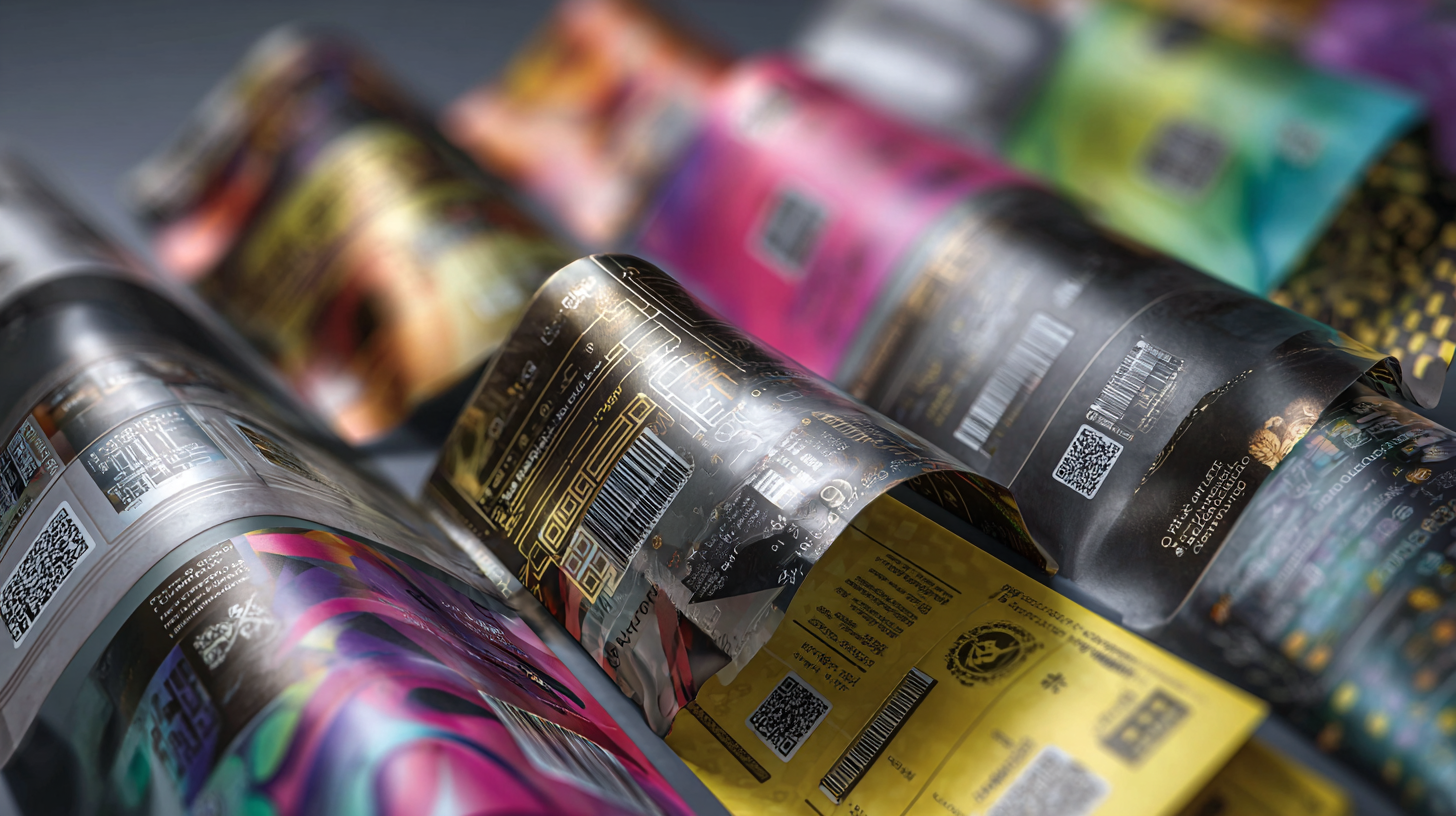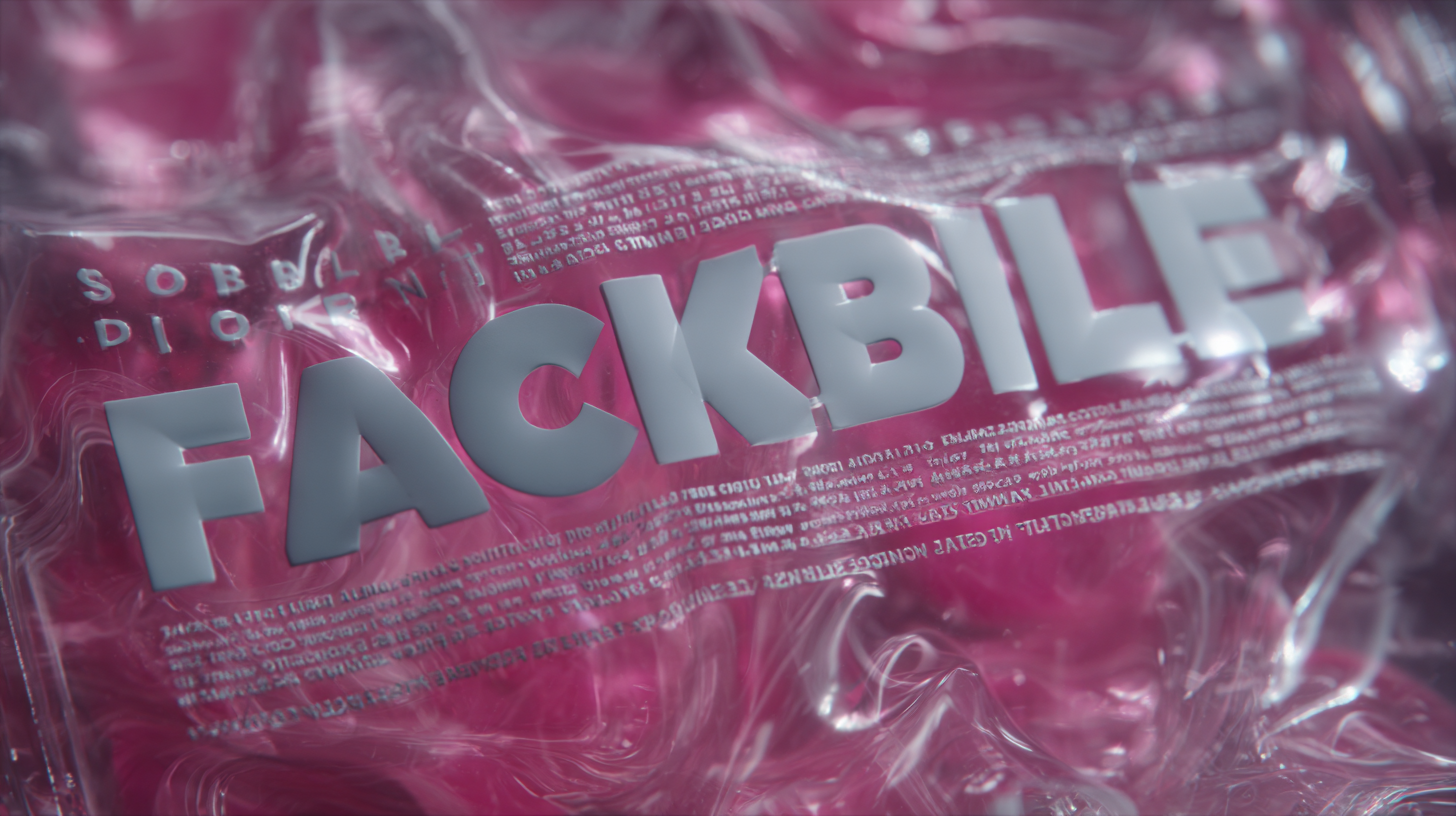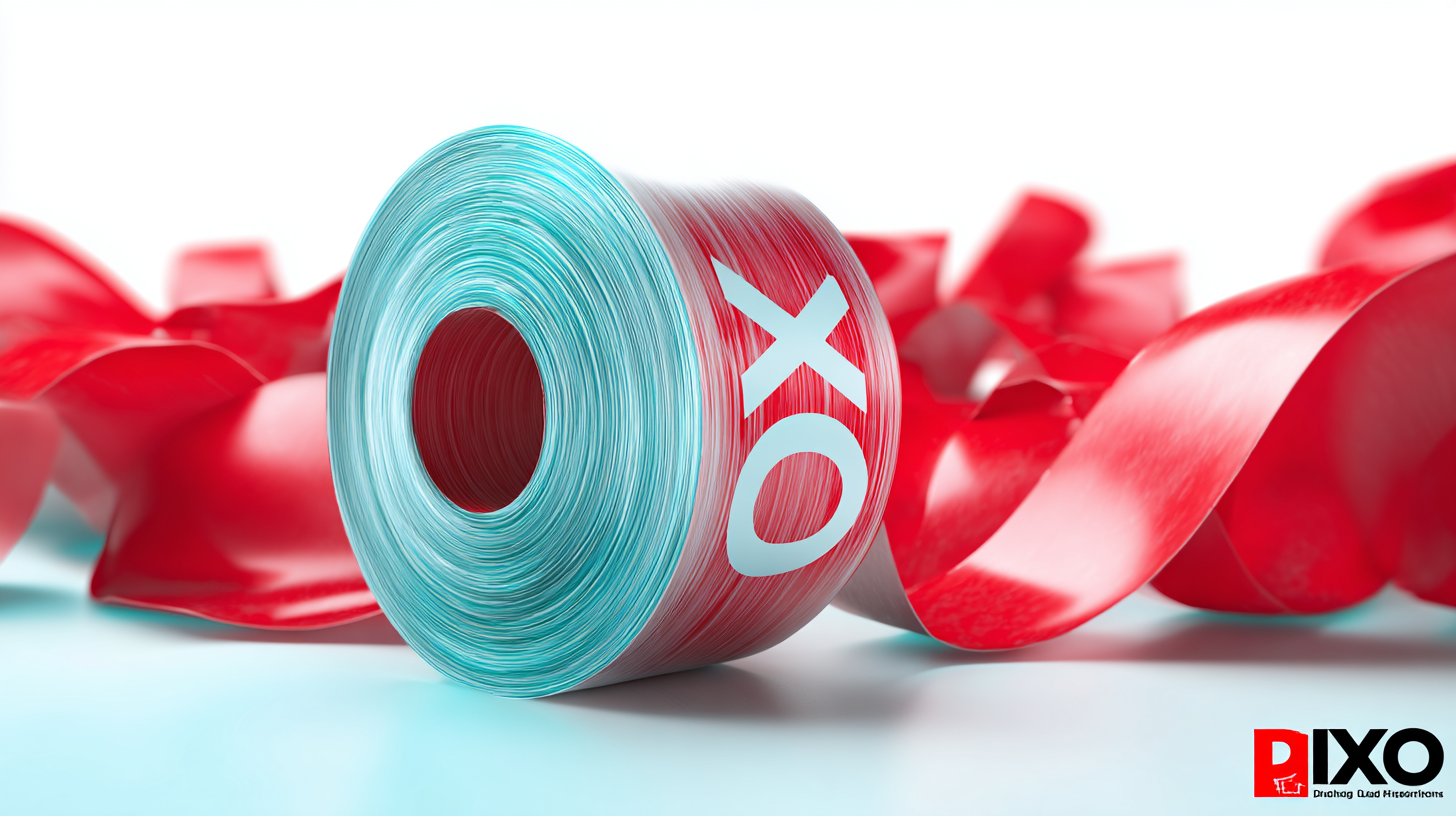Digital Artistry Tips for Achieving the Best Flexible Packaging Printing
As businesses increasingly seek innovative ways to stand out in a competitive global marketplace, Flexible Packaging Printing has emerged as a vital component of modern packaging solutions. According to a report by Smithers Pira, the value of flexible packaging is anticipated to reach $300 billion by 2024, driven by its superior adaptability and sustainability compared to traditional packaging. This trend is particularly significant as China continues to expand its influence in the global market, with quality packaging playing a crucial role in capturing consumer attention. As we delve into the digital artistry aspects of flexible packaging, it's essential to understand how effective design not only influences consumer perception but also reinforces brand identity. Companies that master the art of flexible packaging printing will not only enhance their product appeal but also contribute to a more sustainable future in the packaging industry.

Understanding the Importance of Digital Artistry in Flexible Packaging Printing
In the realm of flexible packaging printing, digital artistry has emerged as a game-changer, fundamentally influencing how brands communicate their identity and product values. According to a recent report by Smithers Pira, the flexible packaging market is expected to reach $300 billion by 2024, highlighting the growing need for innovative and eye-catching designs. Digital art allows for high-quality graphics and intricate designs that not only grab consumer attention but can also be quickly modified to meet market demands. This adaptability is crucial, as studies show that 60% of consumers are more likely to purchase a product based on its packaging design.
Moreover, the use of digital artistry in flexible packaging can significantly reduce lead times and costs. The IHS Markit report states that digital printing technology can reduce the time from design to market by up to 50%, allowing brands to respond swiftly to changing consumer preferences. As packaging becomes increasingly important in differentiation, leveraging digital artistry not only enhances visual appeal but also supports sustainability by minimizing waste through on-demand printing processes. Brands that embrace these techniques are more likely to thrive in a competitive market, making digital artistry an essential component of effective flexible packaging strategies.
Digital Artistry Tips for Achieving the Best Flexible Packaging Printing
| Tip | Description | Importance | Best Practices |
|---|---|---|---|
| Color Management | Utilize color profiles to ensure accurate color reproduction across different printing devices. | High | Regularly calibrate monitors and printers, and use CMYK color spaces. |
| Image Resolution | Ensure images are at least 300 dpi for sharp prints. | High | Use vector graphics where possible to maintain quality at any size. |
| Font Selection | Select fonts that are legible in small sizes and print well. | Medium | Avoid overly decorative fonts for body text; use them sparingly. |
| Layout Design | Plan your layout for effective visual communication. | High | Use grids and spacing for balanced layouts. |
| Material Consideration | Choose appropriate materials that enhance design and usability. | High | Test samples to see how designs translate to actual materials. |
Key Techniques for Enhancing Visual Appeal in Flexible Packaging Designs
In the rapidly evolving world of flexible packaging, enhancing visual appeal is crucial for attracting consumers in a competitive market. As per recent projections, the packaging printing market is expected to surpass $388.1 billion in value by 2024, with a compound annual growth rate (CAGR) of 4.6% from 2025 to 2034. This growth is largely driven by the increasing demand for high-quality, visually appealing packaging spurred by e-commerce. To stand out in this burgeoning market, utilizing innovative digital artistry techniques can significantly elevate product designs.

Moreover, the liquid packaging market alone is anticipated to grow at a CAGR of over 5.2%, reaching a market value of approximately $373 billion in 2023. As brands look to engage consumers, incorporating vibrant colors, unique textures, and sustainable materials into flexible packaging designs is key. Innovations in packaging materials not only enhance visual impact but also improve consumer experiences—vital for sectors such as food and pharmaceuticals. Embracing these strategies will not only meet market demands but also ensure compliance with evolving environmental regulations, making smart design a priority in the flexible packaging arena.
Exploring Color Management Strategies for Consistent Print Results
Color management plays a crucial role in achieving consistent print results in flexible packaging printing. In the world of digital artistry, maintaining color fidelity from design concept to final print is essential for effective brand communication. To achieve this, implementing a standardized color management system (CMS) can ensure that colors are accurately represented across various devices. By utilizing profiles that define how colors should be interpreted, designers can establish a reliable color workflow that minimizes discrepancies between what is seen on screen and what is printed.
Furthermore, regular calibration of devices such as monitors and printers is a key practice in managing color. By routinely adjusting these systems to align with a color standard, users can better predict the outcome of their printing jobs. It's also beneficial to work with substrate-specific color profiles, as different printing materials can alter color appearance. Testing proofs under the same lighting conditions in which the final product will be viewed can further enhance color accuracy. By paying careful attention to these color management strategies, designers can elevate the quality of their digital artistry, ensuring vibrant and consistent results that resonate with consumers.

Best Practices for Utilizing Digital Tools in Packaging Artwork Creation
When it comes to utilizing digital tools for packaging artwork creation, understanding how to effectively leverage these technologies can set your designs apart. One key tip is to embrace vector graphics. This allows for scalable artwork that maintains its quality regardless of size adjustments, ensuring that intricate designs are preserved during the printing process.
Another essential practice is to utilize color management tools within your design software. By consistently using a calibrated color profile, you can avoid discrepancies between how colors appear on your screen and how they print. This not only saves time during the revision process but also enhances the overall visual appeal of your packaging.
Lastly, consider incorporating mock-up software to visualize how your artwork will look in a real-world context. This approach enables you to make thoughtful adjustments before finalizing your design, giving you a competitive edge in the flexible packaging market. By merging creativity with the power of digital tools, you can achieve stunning results that resonate with consumers and elevate your brand.
Digital Artistry Impact on Flexible Packaging Printing
Analyzing Industry Trends in Flexible Packaging and Their Impact on Design Choices
The flexible packaging industry is experiencing significant transformation driven by evolving consumer demands and sustainability trends. By 2025, the bulk container packaging market is projected to reach a value of $3.635 billion, with expectations of a compound annual growth rate (CAGR) of 8.1% leading up to 2033. This growth is a reflection of the broader shift towards more sustainable packaging solutions, emphasizing fully biodegradable plastics to mitigate environmental impacts. As designers, understanding these trends is crucial in shaping effective and appealing packaging that resonates with environmentally conscious consumers.
To thrive in this dynamic environment, digital artists can adopt several key tips. First, prioritize the use of eco-friendly materials in design concepts, ensuring that your packaging not only looks good but also supports sustainability goals. Second, stay updated on industry regulations and standards related to food contact materials, as these greatly influence design choices and consumer trust. Lastly, leveraging new technologies, such as digital printing, can enhance your ability to create unique, customized packaging solutions that cater to emerging consumer segments. By integrating these strategies, designers can play a pivotal role in aligning packaging designs with current market demands.
